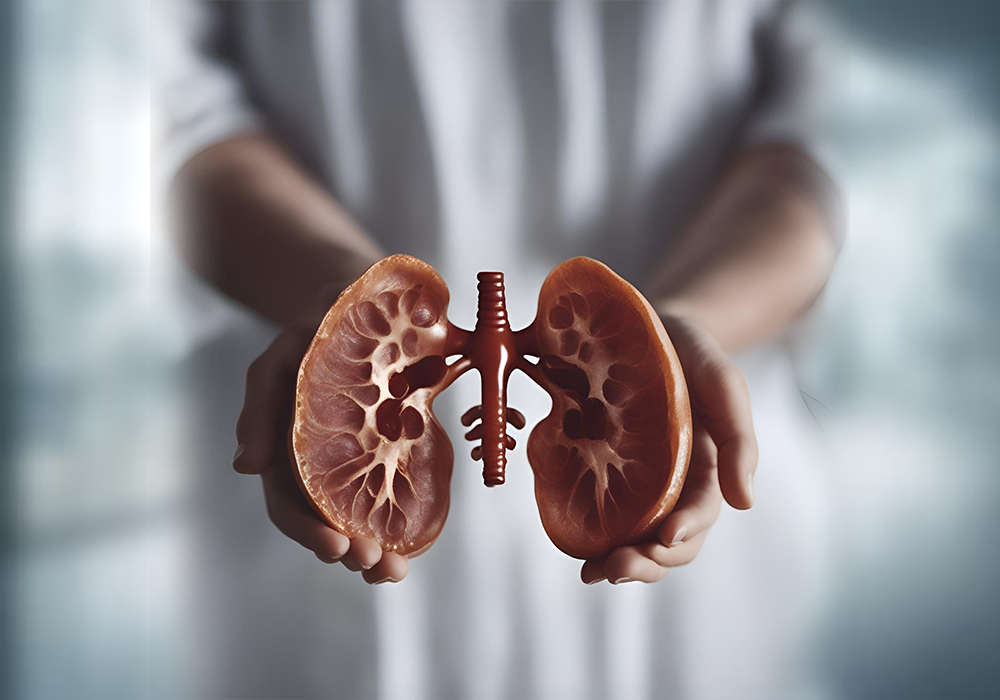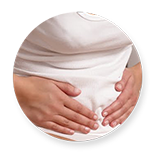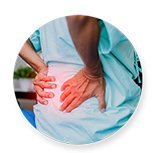Choose Safe & Effective Treatment at Be Well Hospitals

Kidney stones are hard mineral and salt deposits that form in the kidneys due to dehydration, dietary habits, or medical conditions. They vary in size and can cause intense pain when passing through the urinary tract. Common types include calcium, uric acid, struvite, and cysteine stones. Prompt treatment prevents complications like infections and kidney damage.





Medical Management: Small stones may pass with medication, increased fluids, and pain relievers.
ESWL (Shock Wave Lithotripsy): Non-invasive method using sound waves to break stones into smaller pieces.
URS (Ureteroscopy): A scope is passed through the urethra to remove or break stones using a laser.
PCNL (Percutaneous Nephrolithotomy): Minimally invasive surgery for large stones using a small incision in the back.
Laser Lithotripsy: Uses laser energy to break down stones, allowing natural passage or removal.
Be Well Hospitals offer state-of-the-art urology care, from diagnosis to post-treatment recovery. Our skilled urologists determine the best treatment based on the size, location, and type of stone.
Duration: Procedures range from 30 minutes to 2 hours.
Hospital Stay: Often a day-care procedure; may require 1–2 days for complex cases.
Recovery Time: Most patients resume normal activity in 3–5 days.
Most stones form simply under the internal surface of the kidney. Small crystals in your pee combine, like the manner in which salt form from evaporating saltwater.
Possible causes include drinking too little water, exercise (too much or too little), obesity, weight loss surgery, or eating food with too much salt or sugar. Infections and family history might be important in some people.
Common symptoms of kidney stones include a sharp, cramping pain in the back and side. This feeling often moves to the lower abdomen or groin.
Every year, more than 1/2 million individuals go to the hospital for kidney stone issues. It is imagined that one out of ten individuals will have a kidney stone eventually in their lives.
Most people can go back to their regular daily activities 1 or 2 days after this procedure. Drink a lot of water in the weeks after treatment
Patients are evaluated to determine the size, location, and composition of the kidney stones. Imaging tests, such as X-rays or ultrasound, are often performed for this assessment. Patients may be asked to fast for a few hours before the procedure, and they might be given specific instructions about medications.
ESWL is usually performed with the patient under sedation or general anesthesia, depending on the case and the preference of the healthcare team. The patient is positioned on a treatment table, and the kidney stone's location is identified using imaging techniques.
The shock wave generator is positioned precisely on the patient's body over the area where the kidney stone is located. Shock waves are then generated and directed at the kidney stone to break it into smaller fragments.
The procedure is monitored in real-time using imaging, such as fluoroscopy or ultrasound, to guide the accurate targeting of the kidney stones.
Following the application of shock waves, the broken stone fragments are expected to pass out of the body through the urinary system over the next few days or weeks.
After the procedure, patients are monitored for immediate complications and may have follow-up appointments to assess treatment effectiveness and address any ongoing symptoms.